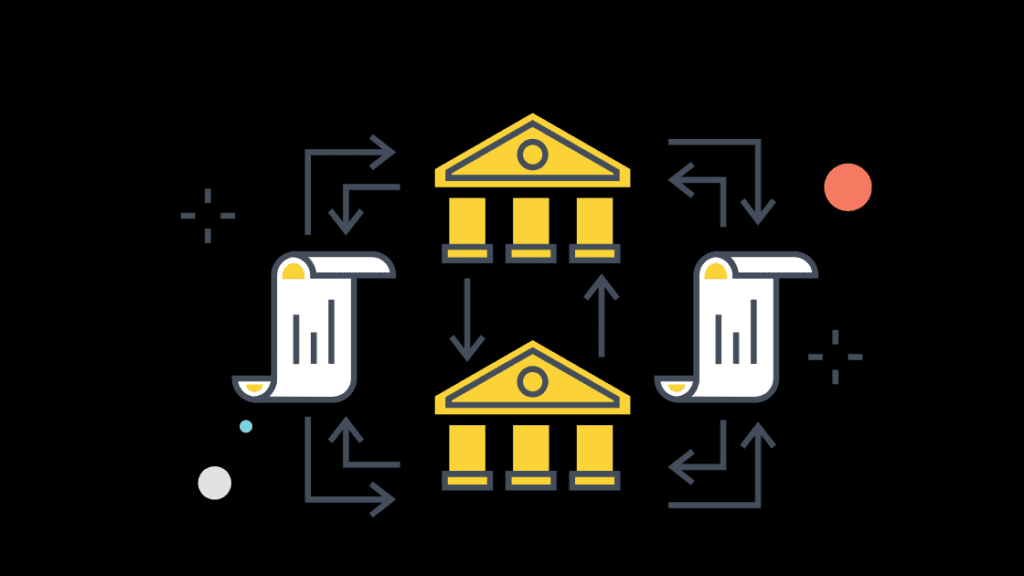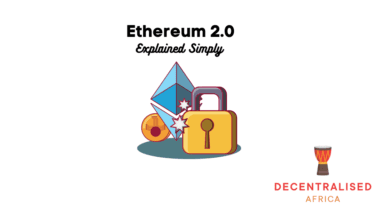Distributed Ledger Technology – What You Should Know in 2023
What is distributed ledger technology?
Distributed ledger technology (DLT) refers to a type of database that is distributed across a network of computers. Each computer in the network has a copy of the database, and all copies of the database are kept in sync with one another. This makes it very difficult for any one party to tamper with the data, because they would need to somehow change the data on every single copy of the database in the network. DLT is used in various applications, such as cryptocurrencies and supply chain management.
What are some of the use cases of distributed ledger technology?
There are many potential use cases for distributed ledger technology (DLT), including:
- Cryptocurrencies: One of the most well-known use cases for DLT is in the creation of cryptocurrencies, such as Bitcoin. DLT allows for the creation of a secure and decentralized system for tracking and verifying transactions.
- Supply chain management: DLT can be used to track the movement of goods and materials through the supply chain. This can improve transparency and efficiency, and help to reduce the risk of fraud or errors.
- Trade finance: DLT has been used to streamline and automate trade finance processes, such as letter of credit transactions.
- Identity verification: DLT can be used to create secure and decentralized systems for verifying identities. This can be useful in a variety of contexts, such as online banking, voting systems, and even access control for physical spaces.
- Real estate: DLT can be used to create a secure and transparent system for tracking ownership and transfer of real estate.
- Healthcare: DLT can be used to create secure systems for storing and sharing medical records and other sensitive healthcare information.

These are just a few examples, and there are many other potential use cases for DLT.
Popular innovations leveraging distributed ledger technology
There are many applications and networks that use distributed ledger technology (DLT), including:
- Bitcoin: Bitcoin is a cryptocurrency that uses DLT to track and verify transactions.
- Ethereum: Ethereum is a decentralized platform that runs smart contracts: applications that run exactly as programmed without any possibility of downtime, censorship, fraud or third-party interference.
- Ripple: Ripple is a real-time gross settlement system, currency exchange and remittance network created by Ripple Labs Inc., a US-based technology company.
These are just a few examples, and there are many other DLT applications and networks in use today.
Which are the most successful distributed ledger technology companies?
It is difficult to say which specific companies are the most successful in the distributed ledger technology (DLT) space, as success can be measured in many different ways. Some companies that are often considered to be successful in the DLT space include:
- Chain: Chain is a DLT company that provides a platform for the development of financial applications. It was acquired by Lightyear Corporation (now known as Interstellar) in 2018.
- Digital Asset Holdings: Digital Asset Holdings is a DLT company that provides a platform for the development of financial applications. It has partnerships with several major financial institutions.
These are just a few examples, and there are many other successful DLT companies operating in the market.

DLT market growth & career opportunities
The distributed ledger technology (DLT) industry is a rapidly growing field with a wide range of career opportunities. As more and more companies and organizations begin to explore the use of DLT in various applications, the demand for professionals with expertise in this area is likely to continue to increase.
Potential career opportunities in the DLT industry include:
- DLT developers: DLT developers are responsible for designing and building DLT applications and systems.
- DLT analysts: DLT analysts are responsible for researching and analyzing DLT systems and trends.
- DLT project managers: DLT project managers are responsible for overseeing the development and implementation of DLT projects.
- DLT sales and business development: DLT sales and business development professionals are responsible for identifying and pursuing new business opportunities in the DLT space.
- DLT consultants: DLT consultants provide advice and guidance to companies and organizations on how to effectively implement DLT solutions.
In terms of market growth, the DLT industry is expected to continue to grow in the coming years as more and more companies and organizations adopt DLT solutions. According to some estimates, the global DLT market is expected to reach a value of over $60 billion by 2024, representing a compound annual growth rate of over 60% between 2019 and 2024.
Challenges or risks of Distributed Ledger Technologies
There are several challenges and risks associated with distributed ledger technologies (DLT):
- Complexity: DLT systems can be complex and difficult to understand, which can make it challenging for non-technical users to work with them.
- Scalability: DLT systems can have scalability issues, particularly when they are being used to support a large number of users or transactions.
- Regulation: DLT is a relatively new and rapidly evolving field, and there is often a lack of clear regulation around its use. This can create uncertainty and risk for companies and organizations that are considering implementing DLT solutions.
- Interoperability: DLT systems are often designed to work with specific types of data or within specific industries, and they may not be easily compatible with other systems.
- Security: DLT systems rely on complex cryptographic algorithms to secure data, and there is a risk that these algorithms could be compromised. Additionally, DLT systems are vulnerable to attacks such as 51% attacks, in which a group of malicious actors gain control of a majority of the network’s computing power and use it to manipulate the data.
- Integration with legacy systems: DLT systems may need to be integrated with legacy systems, which can be a challenging and time-consuming process.









